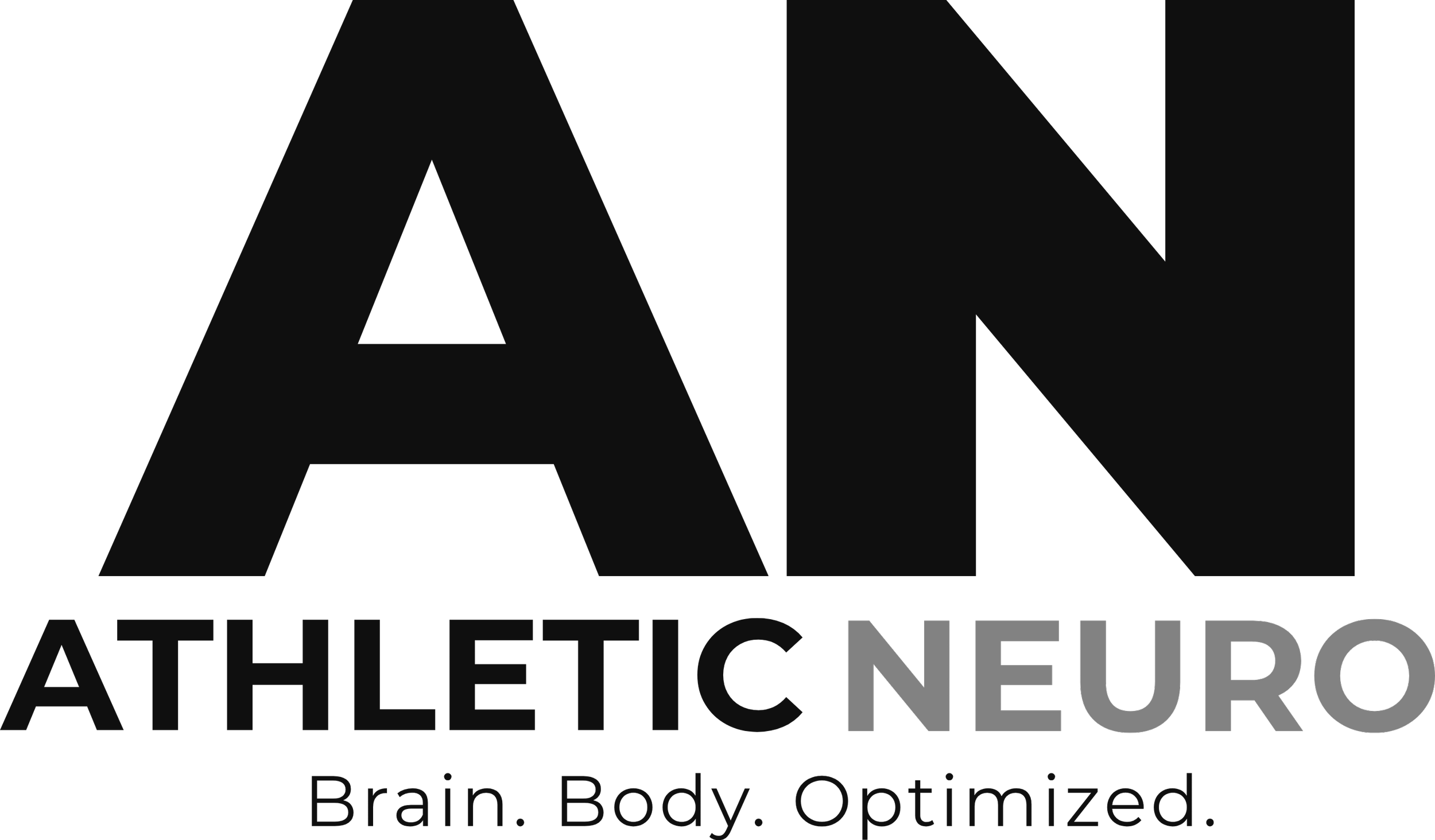Learn how to improve vision, naturally!
The Neurology Behind Enhancing Eyesight
Vision is an integral part of how we interact with the world, influencing everything from daily tasks to athletic performance. Often overlooked, the neurological aspects of vision play a crucial role in enhancing eyesight. Understanding the brain’s involvement in visual processing can help us develop effective strategies to improve our vision.
The Visual Pathway: From Eye to Brain
Vision begins when light enters the eye, striking the retina, a thin layer of cells at the back of the eyeball. The retina converts light into neural signals, which travel through the optic nerve to the brain. This journey from the eye to the brain involves several key areas:
Retina: The retina contains photoreceptor cells (rods and cones) that detect light intensity and color. These cells transmit signals to bipolar cells, which then relay the information to ganglion cells. The axons of ganglion cells form the optic nerve.
Optic Nerve: The optic nerve carries visual information from the retina to the brain. At the optic chiasm, the nerve fibers partially cross, allowing visual information from each eye to be processed by both hemispheres of the brain.
Lateral Geniculate Nucleus (LGN): Located in the thalamus, the LGN acts as a relay station, processing and filtering visual information before it reaches the visual cortex.
Visual Cortex: The primary visual cortex (V1) in the occipital lobe is where the brain begins to interpret visual signals. This area detects basic visual features such as edges, contrast, and motion. Further processing occurs in adjacent areas (V2, V3, V4, etc.), which analyze more complex aspects of vision, such as color and object recognition.
The Role of the Brain in Vision
The brain’s involvement doesn’t stop at processing visual information. It also plays a pivotal role in enhancing and optimizing our vision. Here are a few ways the brain contributes to better eyesight:
Neuroplasticity: The brain’s ability to reorganize itself by forming new neural connections is known as neuroplasticity. Vision training exercises can harness neuroplasticity to improve visual acuity and processing speed. For example, practicing eye-tracking exercises or focusing on different distances can enhance the brain’s ability to interpret visual information more efficiently.
Eye Movements: The brain controls eye movements through several neural pathways, including the cranial nerves and the brainstem. Smooth pursuit movements (tracking moving objects) and saccades (quick, simultaneous movements of both eyes) are essential for clear and stable vision. Training these movements can improve coordination and visual stability.
Attention and Perception: The brain’s attentional networks influence how we perceive visual information. By training our attention, we can improve our ability to focus on relevant visual details and ignore distractions. Techniques such as mindfulness and meditation have been shown to enhance visual attention and perception.
Integration of Sensory Inputs: The brain integrates visual information with inputs from other senses, such as vestibular (balance) and proprioceptive (body position) systems. Improving this multisensory integration can enhance overall visual performance. For instance, exercises that combine vision with balance training can improve eye-hand coordination and spatial awareness.
Practical Vision Training Techniques
To leverage the brain’s role in enhancing eyesight, consider incorporating the following vision training techniques:
Eye Tracking Exercises: Practice following a moving object with your eyes to improve smooth pursuit movements.
Focus Shifting: Alternate your focus between near and far objects to enhance accommodative flexibility.
Peripheral Awareness: Expand your field of vision by practicing awareness of objects in your peripheral vision.
Balance and Vision Integration: Perform balance exercises with visual tasks, such as standing on one leg while tracking a moving object.
Conclusion
Enhancing eyesight is not solely about the health of the eyes but also involves optimizing the brain’s processing capabilities. By understanding the neurology behind vision and incorporating targeted training exercises, we can improve visual performance and overall quality of life. Whether you’re an athlete looking to enhance your game or simply seeking to improve everyday visual tasks, leveraging the brain’s power is key to better eyesight.

